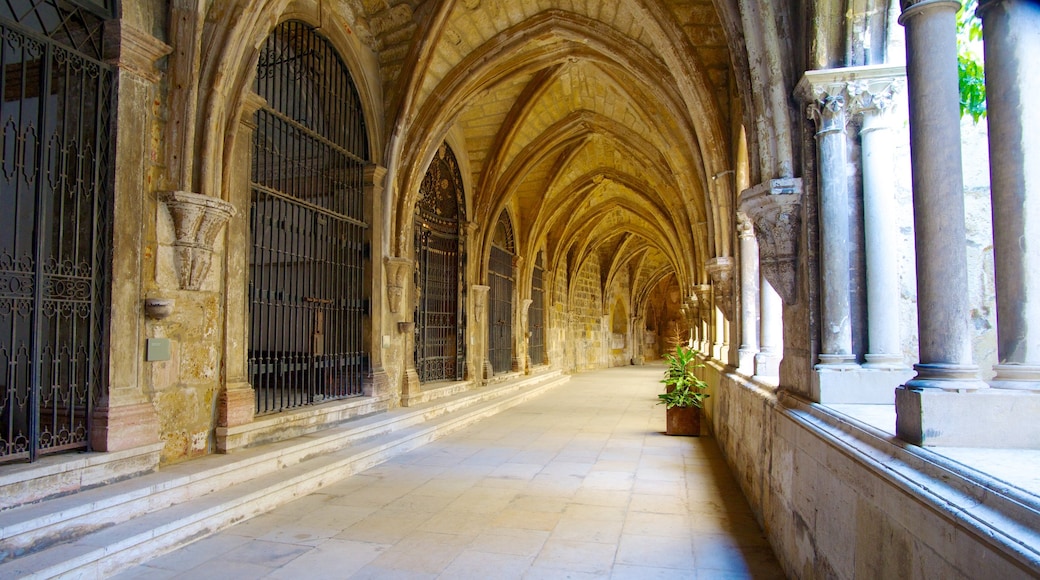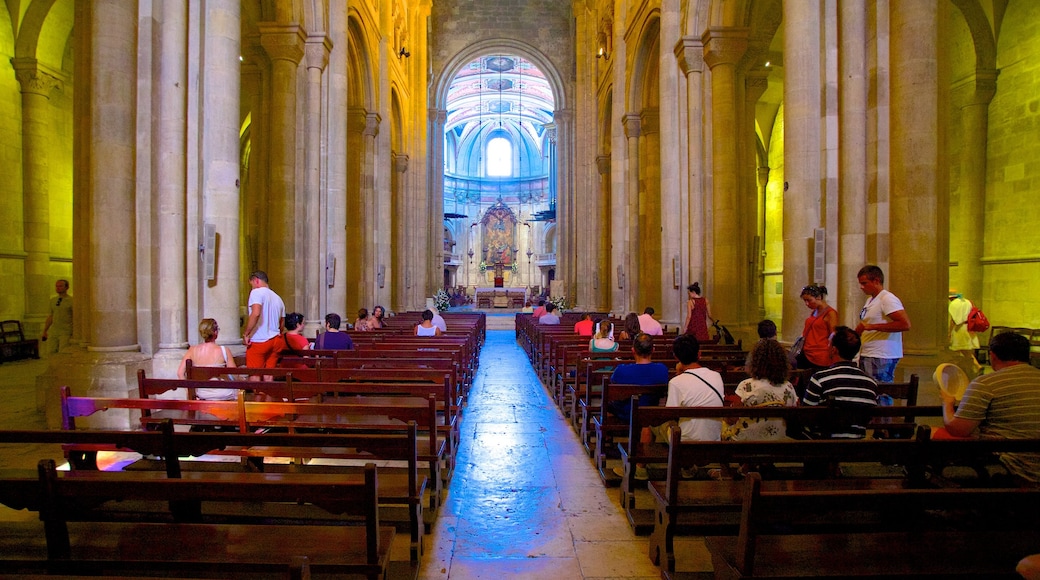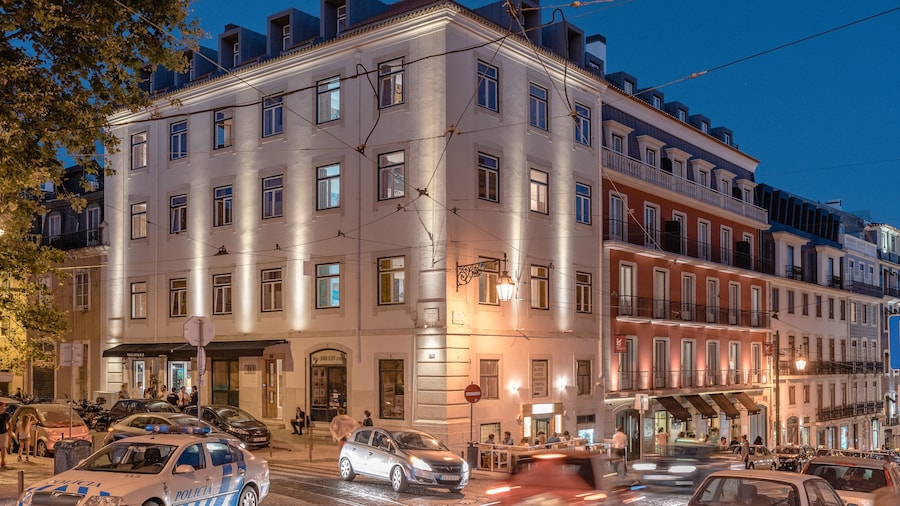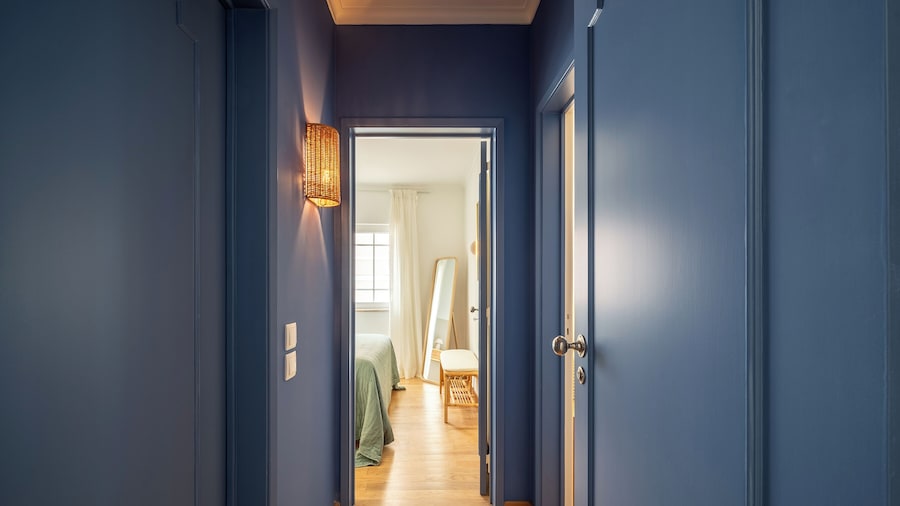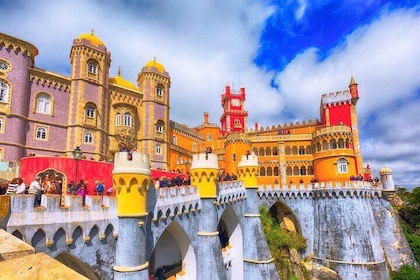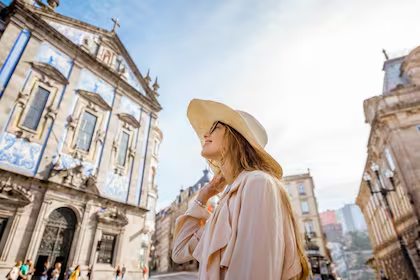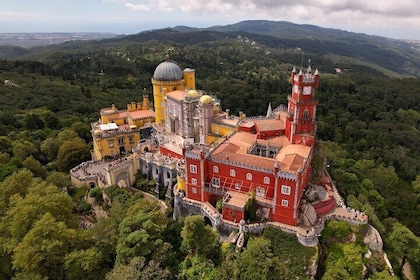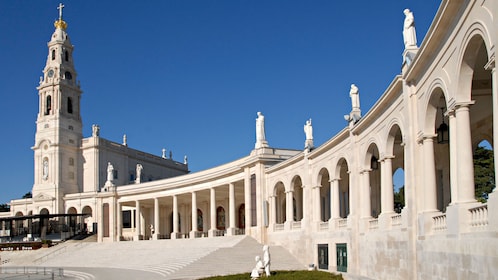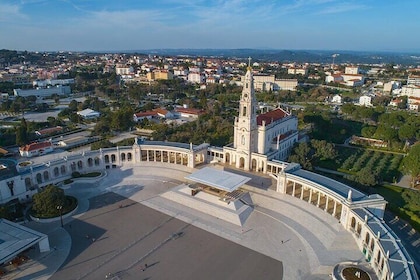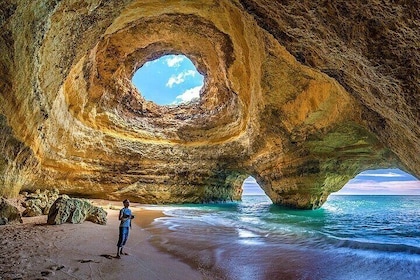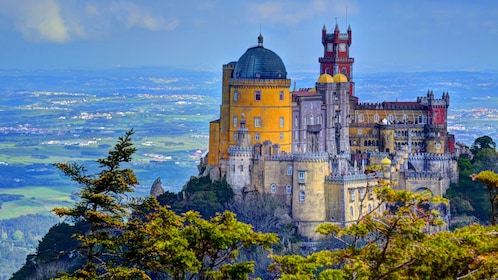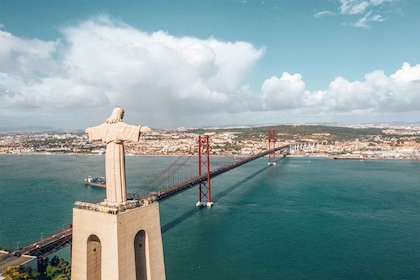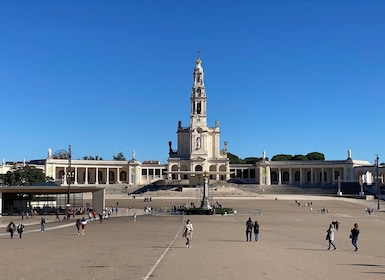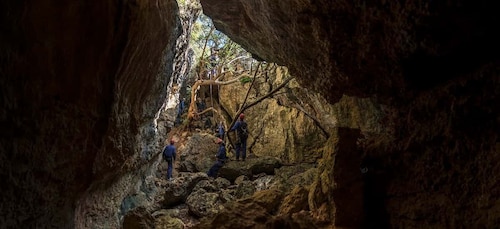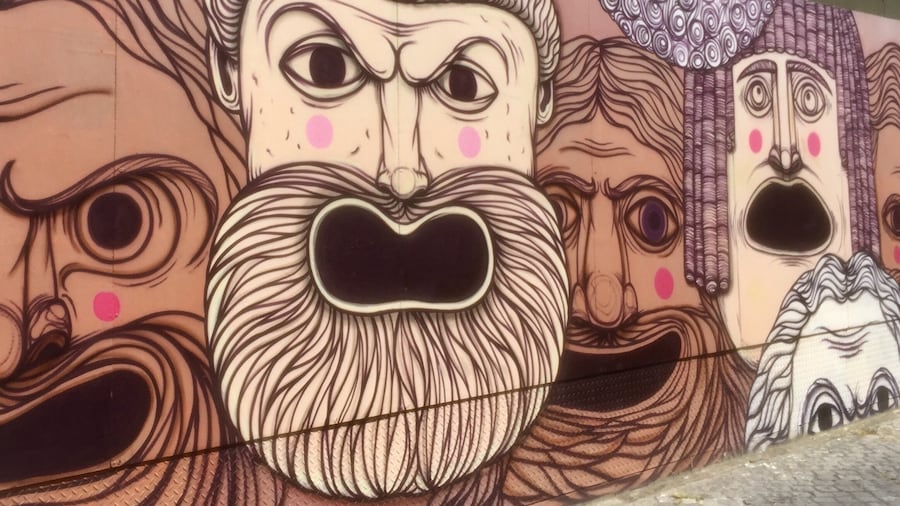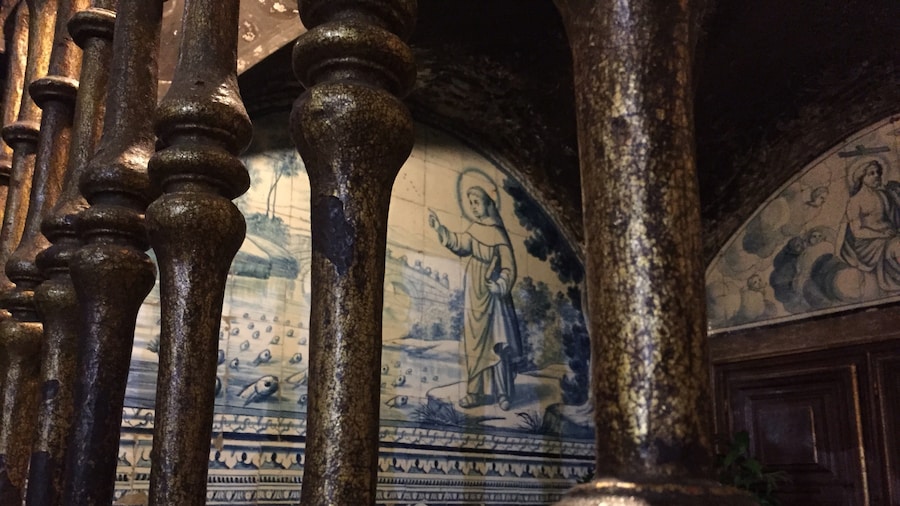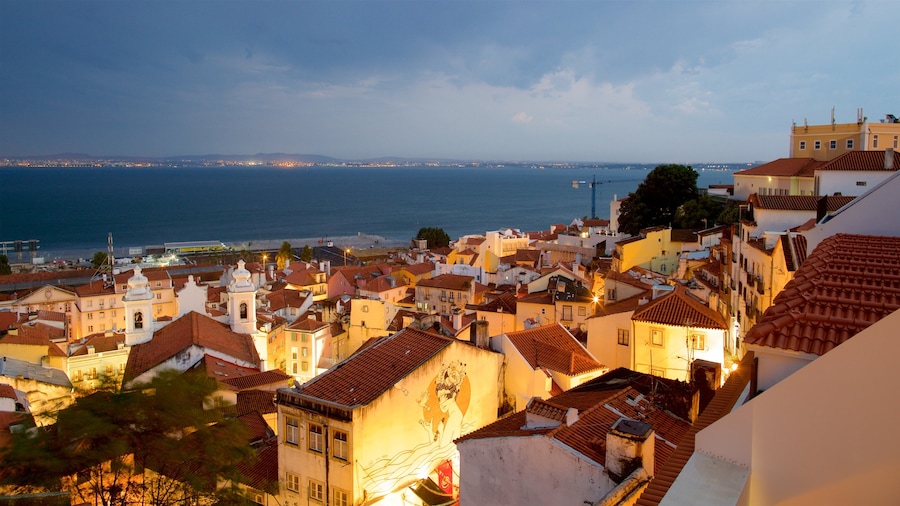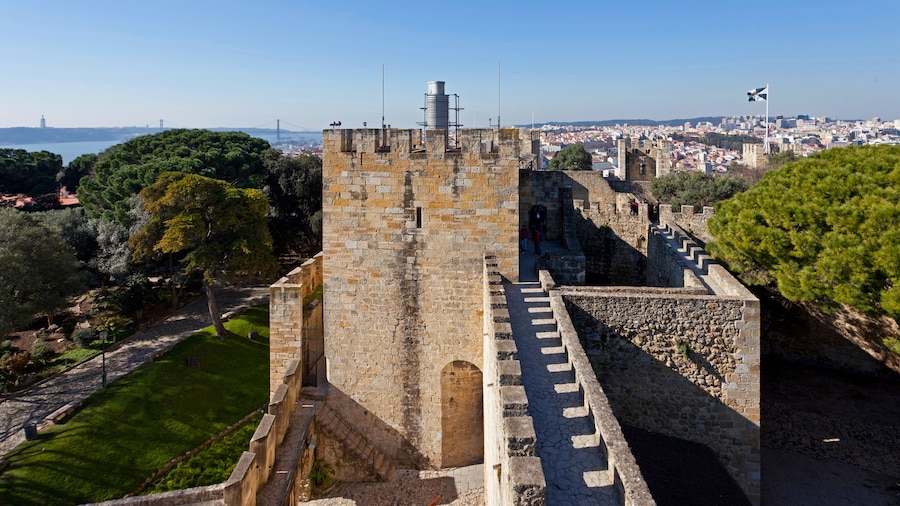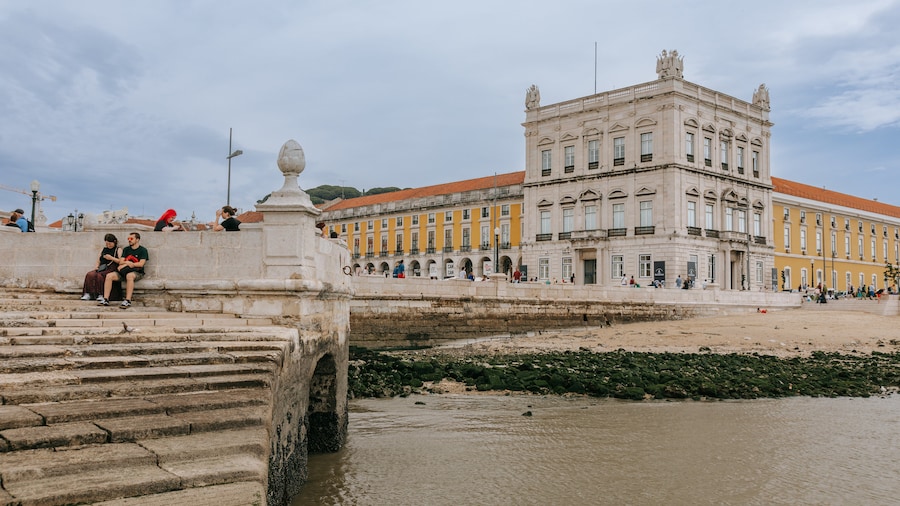Lisbon Cathedral, also known as ‘Sé of Lisbon’ or ‘Santa Maria Church’ is one of the most important historic buildings in Lisbon. It’s located in the old city centre, on the top of a narrow cobblestone street, in the charming Largo da Sé. The architecture consists of a mixture of different styles - Medieval, Romanesque, Gothic and Baroque - as a result of successive restorations from the 12th to the 18th Century.
Building started on Sé Cathedral around 1147 on the remains of an old mosque, and was not completed till the first few decades of the 12th century. At the same time, Afonso Henriques brought the remains of St. Vincent of Saragossa back from the Algarve to be consecrated in the Cathedral. Around 1470, the Cathedral was further embellished with a large painted altarpiece called the S. Vincent Panels. In the 17th Century, a vestry in Mannerist style was built towards the south end of the cathedral. In the 18th Century, the Gothic chapel was redesigned in the Baroque style. However, the great earthquake of 1755 damaged the Cathedral, completely destroying the Chapel.
In the subsequent decades the Cathedral underwent renovations to restore its medieval appearance. The cathedral was not reopened till 1940.
The base of the building has Roman and Arab vestiges, with a nave and side chapels in the form of a Latin cross. The large towers and the stunning rose windows are designed in the Romanesque style.



